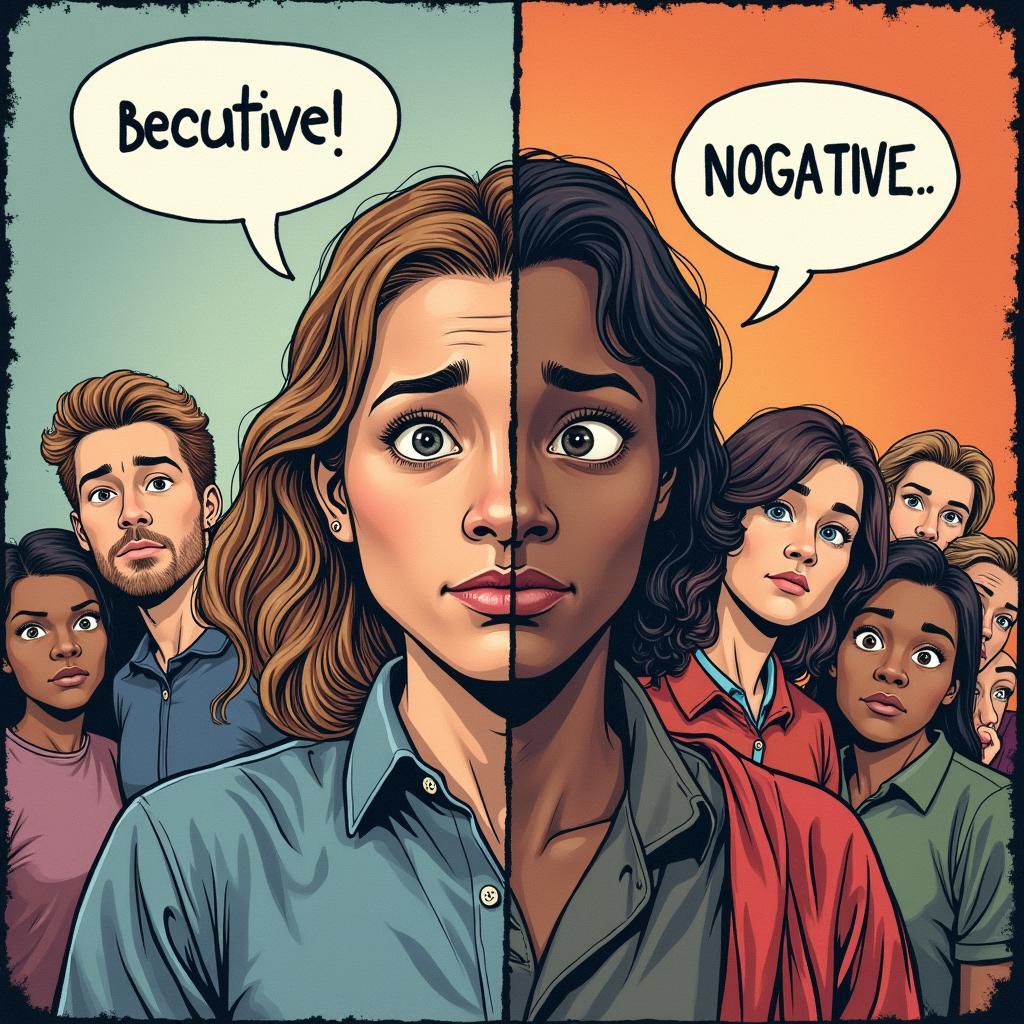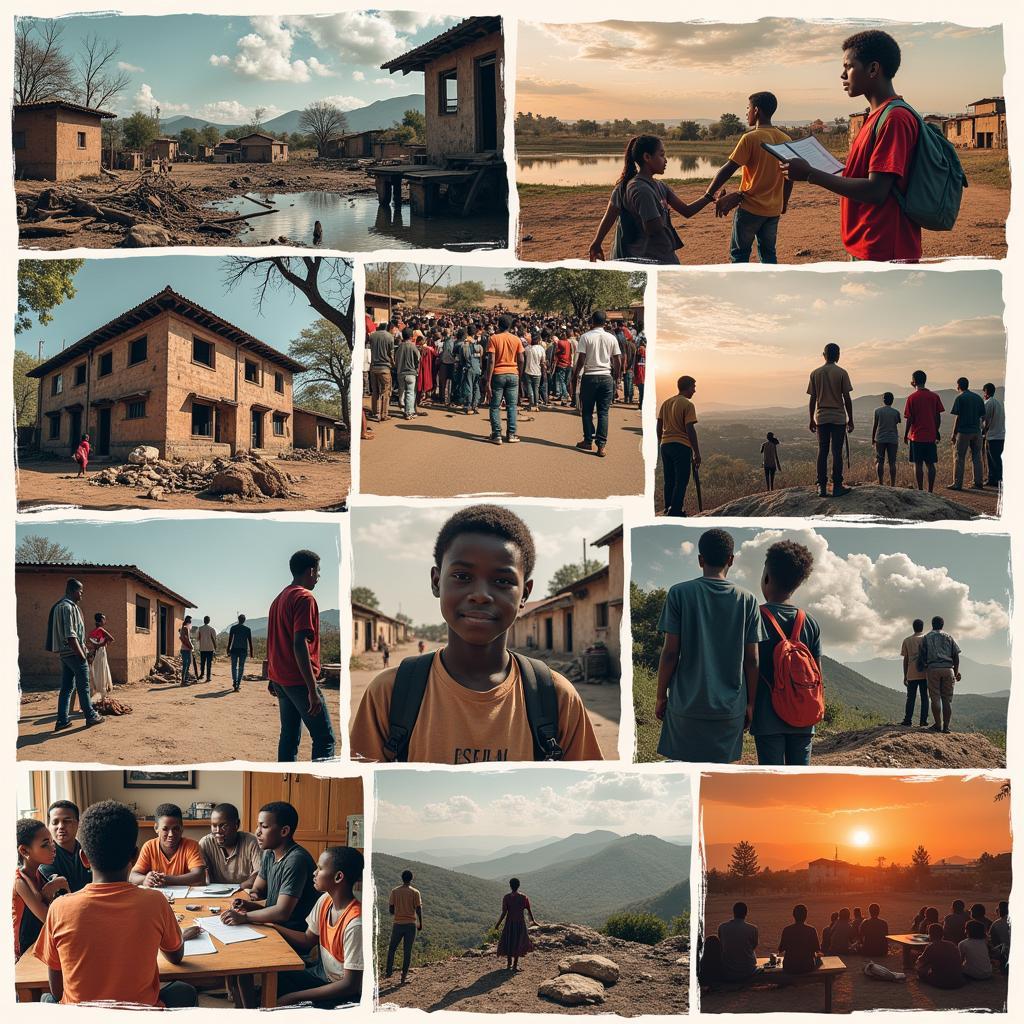The phrase “menace to society drive-by” immediately conjures up unsettling imagery – a fleeting moment of violence shattering the peace, leaving behind fear and destruction. While often associated with physical acts of aggression, this phrase, particularly the “menace to society” aspect, has deeper cultural and societal implications that warrant exploration.
Beyond the Literal: Deconstructing “Menace to Society”
The label “menace to society” carries immense weight, often used to brand individuals or groups deemed dangerous and undesirable. It’s a label that can lead to social exclusion, prejudice, and even incite violence. But what constitutes a “menace”? Is it a matter of individual actions, or are there systemic factors that contribute to creating environments where such a label thrives?
 The Impact of Labeling
The Impact of Labeling
The Drive-By Phenomenon: A Symptom of Deeper Issues
The “drive-by” element adds another layer of complexity. It implies a disconnect, a lack of responsibility or accountability. Like a phantom menace, the perpetrator strikes swiftly and disappears, leaving a community grappling with the aftermath. This could manifest in various forms, from online hate speech to systemic discrimination that perpetuates inequality and injustice.
Challenging Perceptions, Fostering Understanding
Instead of resorting to simplistic labels, it’s crucial to delve into the root causes that contribute to social unrest and violence. Examining issues like poverty, lack of opportunity, systemic racism, and the glorification of violence in media is crucial to understanding why certain individuals or groups are perceived as a “menace to society.”
 Understanding the Roots of Societal Issues
Understanding the Roots of Societal Issues
Building a Society for Peace: Moving Beyond Fear and Division
Combating the “menace to society” narrative requires a multi-pronged approach:
- Promoting empathy and understanding: Encouraging open dialogues and cross-cultural exchanges can help break down stereotypes and build bridges of understanding.
- Addressing systemic inequalities: Creating equitable access to education, healthcare, and economic opportunities can empower marginalized communities and foster a sense of belonging.
- Reframing the narrative: Instead of perpetuating fear and division, media and individuals can choose to highlight stories of resilience, hope, and positive social change.
movies that impact society can play a powerful role in shaping perceptions and sparking conversations about these critical issues.
From Menace to Hope: Empowering Changemakers
Ultimately, transforming the narrative from “menace” to one of hope requires a collective effort. By investing in education, fostering dialogue, and addressing the root causes of social ills, we can create a society where every individual feels valued, respected, and empowered to contribute positively.
It’s time to move beyond the fear-based rhetoric of “menace to society” and work towards building a world where peace, understanding, and justice prevail. Let’s rewrite the narrative together.
Frequently Asked Questions
1. How can I challenge the “menace to society” narrative in my daily life?
2. What are some practical steps to address systemic inequalities in my community?
3. How can I support organizations working to promote peace and understanding?
4. What role does education play in combating prejudice and discrimination?
5. How can we use media and technology to amplify positive stories and challenge negative stereotypes?
For more resources and information on promoting peace and understanding, explore our other articles on:
Let’s work together to create a world free from fear and prejudice.
If you need support or want to learn more, contact us:
Phone: 02043854663
Email: [email protected]
Address: Khu 34, Bắc Giang, 260000, Vietnam
Our customer support team is available 24/7 to assist you.